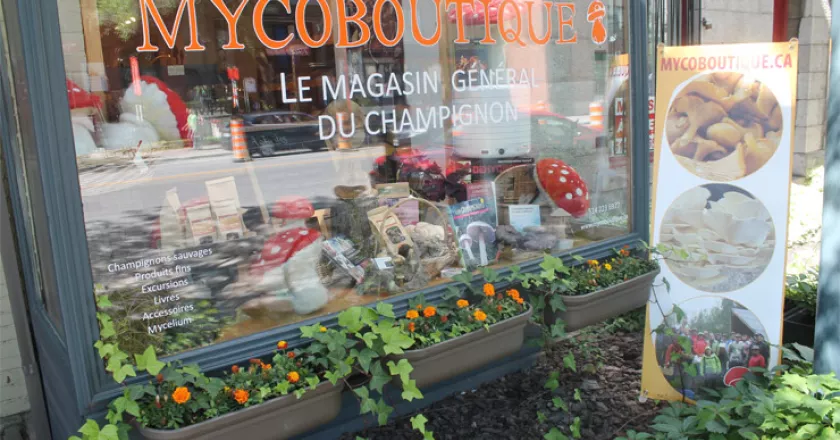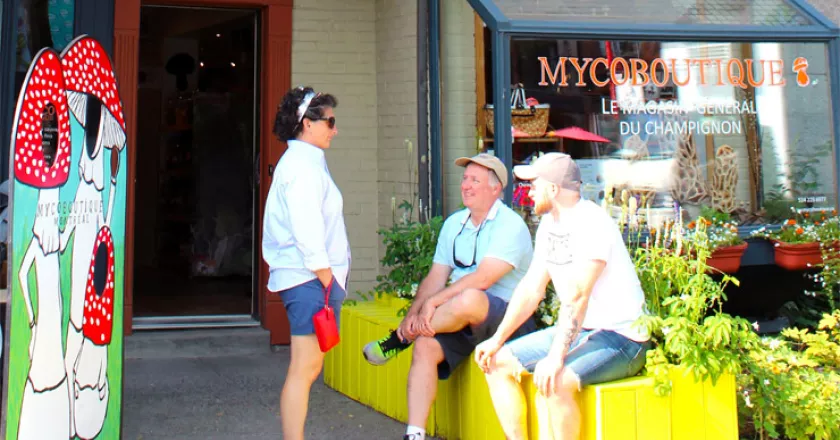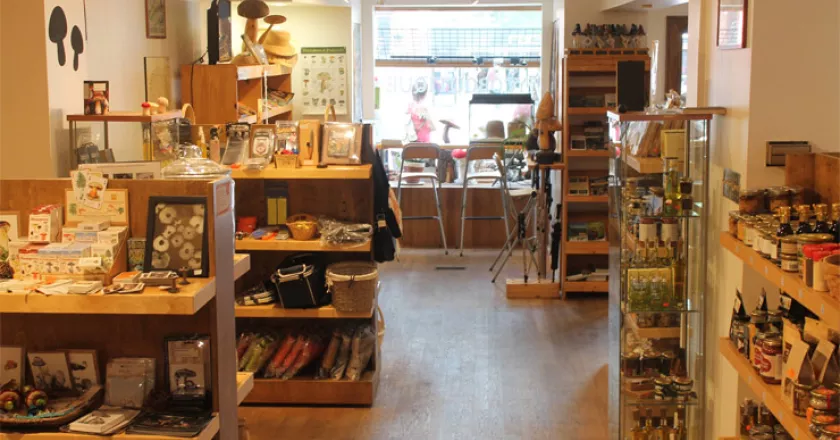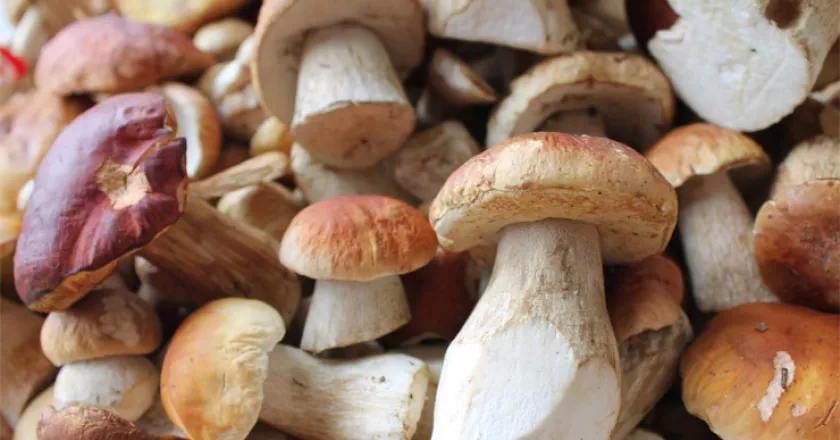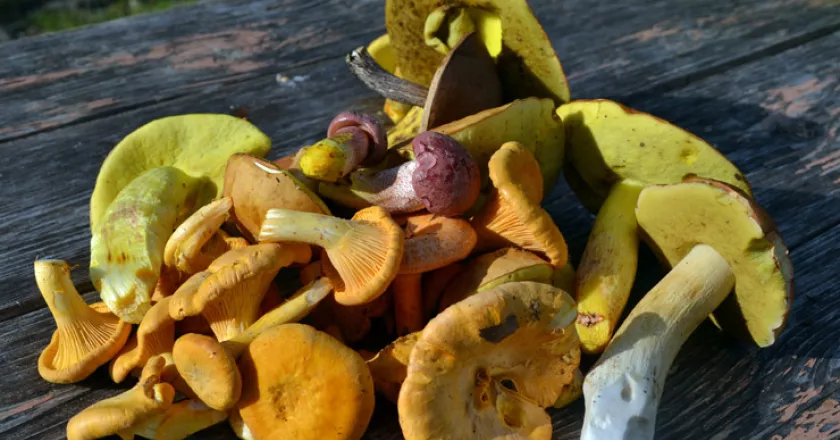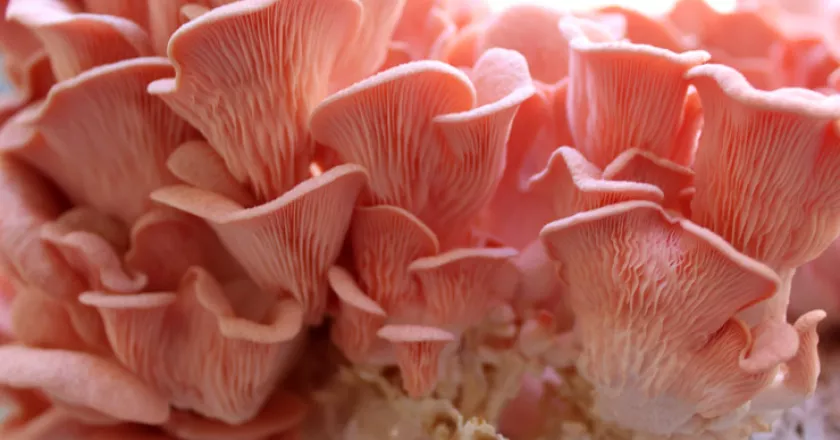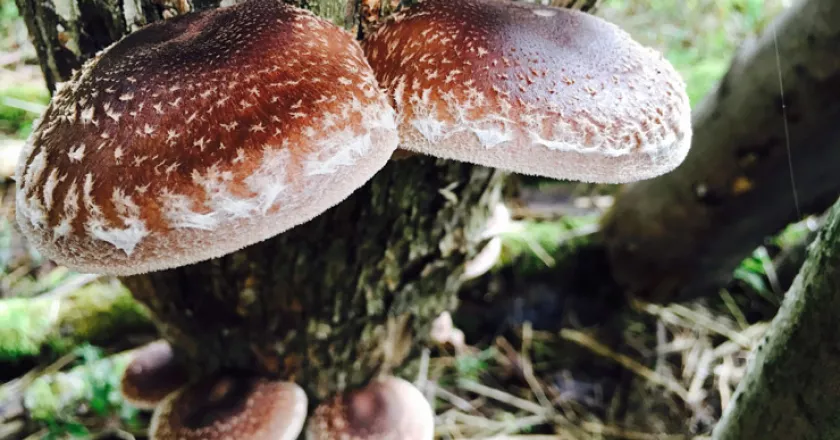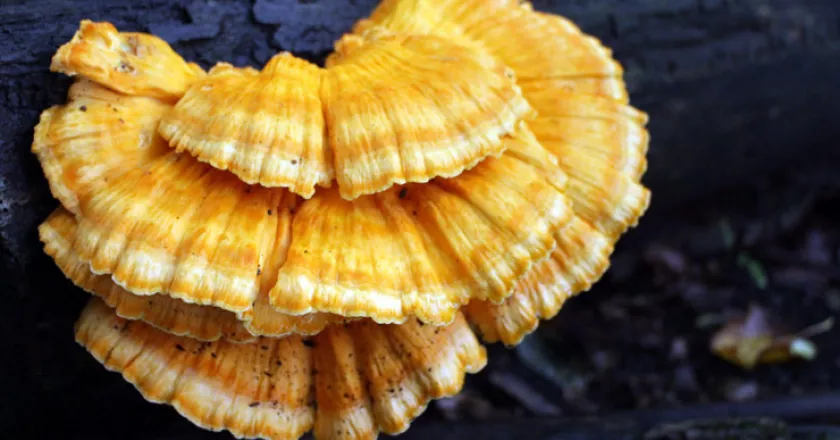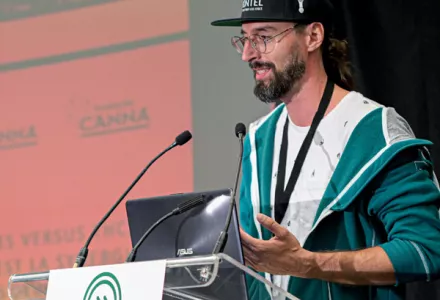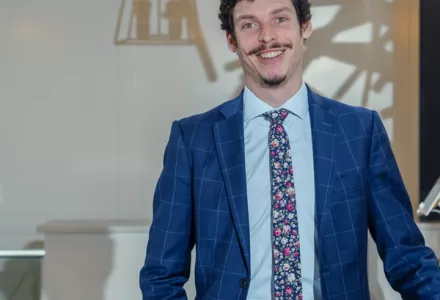At CANNA we’re excited to share passionate grower stories from across Canada that resonate with our community and inspire us to grow, in the widest sense of the word.
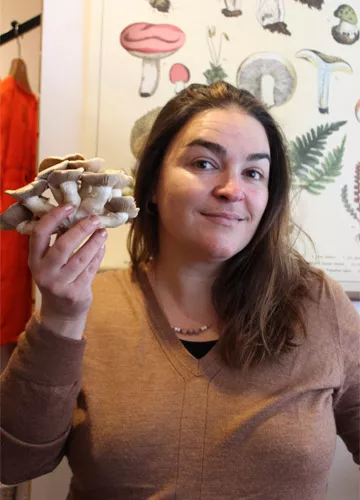
THE JOURNEY
Judith, please tell us a little about who you are.
Judith: I’m Co-Owner of “La Mycoboutique” which is my father’s and I’s family business specialized in everything related to mushrooms.
It was founded by my dad, Pierre Noel in 2006 and aims at providing customers around the world with everything they need to benefit from all mushrooms that can contribute to their diets, health, and hobbies.
Tell us the story of how your interest in fungi grew.
Judith: I was always passionate about nature, and I graduated university with a Bachelor's degree in Biotechnology. But it wasn’t until my dad decided to launch a general store style mushroom boutique that I actually learned about myciculture.
17 years ago, my dad made the decision to retire as Risk Manager and to launch himself into this business he knew very little about. He’s never seen things the way most people do, he’s definitely special in that way [laughs]. At the time he was passionate about mushrooms and wanted to create a general store in the image of French settlers in small villages, but one that touched the themes he preferred most in life: nature, science, gastronomy, and the outdoors.
Images of the “Mycoboutique”, a Canada’s unique specialized store of its kind:
On my end, I wanted to spend more time with him, so we made the leap together.
It was a giant learning curve concerning the products and knowledge needed to develop what is today Canada’s only specialized store of its kind. We’ve developed a full expertise in the field of sales and mushroom culture. We even have a laboratory in our store so we can produce and sell our very own at home mycelium kits for growers.
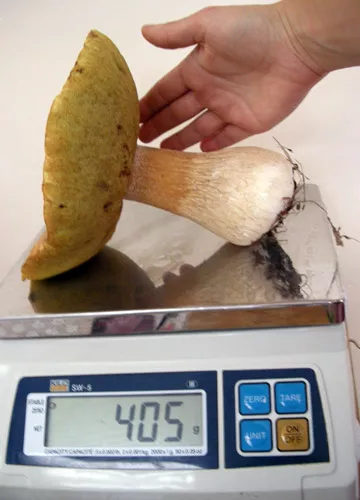
What we do is we take a small square of the mushroom cap or stem inner-tissue (the mycelium); clone and purify it on nutritional agar plates; from there we create culture broths which contain nutrients and parts of this purified mycelium. These culture broths are placed on grain which is super nutritious and it spreads through the grains. We then place it on a fruiting substrate like the CANNA COCO brick and voila!
Mushrooms need to breathe. They need oxygen as well as nutrients, so the substrate can’t be too dense. We also use soy hulls and hardwood sawdust.
Today, we have a team of 8 and it’s thanks to them that we’ve made it to where we are today.
How has your passion for mushrooms evolved?
Judith: In the beginning I spent a good portion of my time in our lab where we learned through a lot of trial and error how to make mushroom our starter culture for customers. It was a big undertaking. Mushroom growing techniques require the correct combination of humidity, temperature, substrate (growth medium) and inoculum (spawn or starter culture).
My curiosity has certainly grown over the years as well. The things we can do with mushrooms seem infinite!
As a nature lover I’ve always enjoyed being out in the woods but now I get to bring mushroom enthusiasts and the curious mind throughout forests in Quebec to learn about mushrooms, picking wild mushrooms as well as the fauna and flora. It’s a type of micro-tourism that I am passionate about introducing to others.
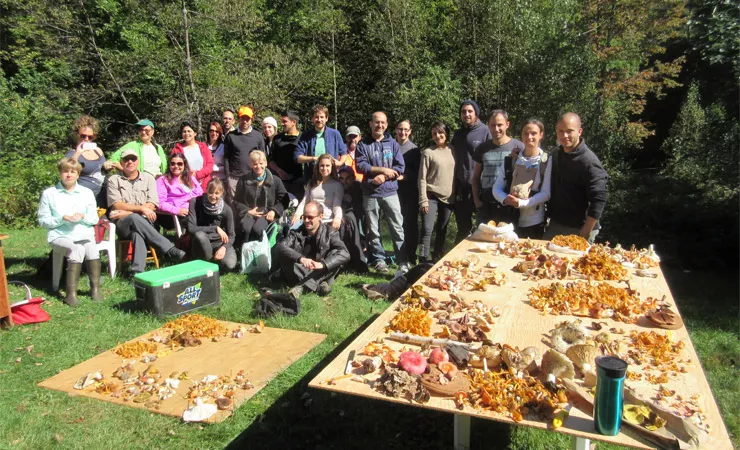
Why mushrooms?
Judith: Mushrooms have so many benefits and utilities.
- You can use them as an ingredient in pharmaceuticals as well as alternative medicine
- Research is proving that psilocybin has a positive effect on anxiety
- They can be used to create biodegradable packaging
- The Adidas Stan Smith sneaker collection uses them as a sustainable material: mushroom leather
- They can be used to decompose organic matter
- Mushrooms are an incredible meat substitute full of protein
- And the list goes on and on…
“The things we can do with mushrooms seem infinite!”
Various mushroom varieties cultivated and harvested byJudith Noel @Credit Mycoboutique:
A PASSION
FOR GROWING
What would you consider your favorite part about the entire growing process?
Judith: I really love to watch my mycelium starter kit fructify and come to life …. see the mushrooms tops pop… more like an explosion really. They start out small white dots and become complete structures with unique tastes and colors. Like little jewels for people who grow mushrooms.
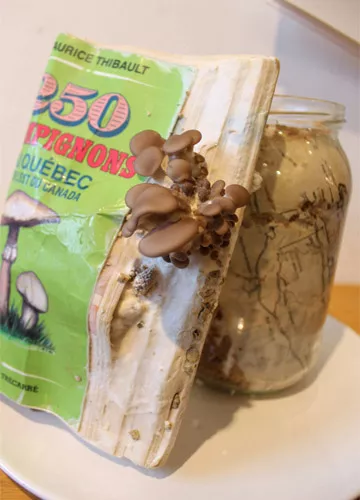
What would you consider to be your least favorite part of the entire growing process?
Judith: Contaminations
When your culture is contaminated you have to throw away all your work. It takes about a month and a half to produce from the agar medium to the growing bags. If there's contamination, you have to get rid of the entire thing.
You can tell the difference between a clean and a contaminated culture because you can see it with your eyes, and you can really smell the difference. A clean agar smells fruity, sweet, leather-ish even, but If there's contamination it smells like garbage.
We work in sealed bags with filters to avoid the little flies that are attracted by the smell. But the real problem lies with bacteria, yeasts, and microscopic fungi.
“You can tell the difference between a clean and a contaminated culture because you can see it with your eyes, and you can really smell the difference. A clean agar smells fruity, sweet, leather-ish even, but If there's contamination it smells like garbage.”
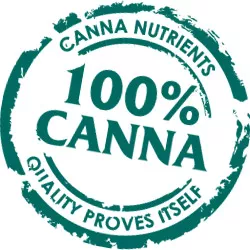
In your experience, what difference do you see when growing with clean high quality products vs the alternative?
Judith: Some mushrooms eat the cellulose, others eat wood so if they don’t have what they need or the medium isn’t rich enough the mushrooms won’t grow.
What do you look for most when it comes to the substrate?
Judith: The substrate needs to be sterile, which is why we use the CANNA COCO brick.
- It can’t be too dense or the mycelium won’t be able to breathe.
- It needs to be rich in carbon
- Have a good carbon to nitrogen ratio
- Its water absorption capacity needs to be at least 50% humidity. You don't want it to absorb too much (you will attract contaminants) and it can’t be saturated because it needs to breathe.

Do you feel nutrients and mediums play a big role in the safe consumption, taste and overall quality?
Judith: A mushroom growing on a contaminated substrate will accumulate contaminants. There are even some mushrooms capable of accumulating radioactivity… So yes it’s important to consider the safety of the substrate in which the mushroom is grown.
What’s the one tip you would give a home grower just starting out?
Judith: Take your time, there are no shortcuts in growing mushrooms.
How knowledgeable do you feel the average end user is in regards to all aspects of what they are about to consume when they purchase.
Judith: People think that mushrooms grow on manure, what they don’t know is that they also grow on other substrates. Only recently have people started to understand how the process works.
For the past 17 years, I’ve had at least one person ask me if I sell hallucinogenic mushrooms [laughs], unfortunately it’s still illegal… but hopefully one day soon that will change.
What are a few end-user comments/subjects/myths you’ve heard consumers mention that you would like to set straight/debunk?
Mehgan: There are 3 questions I get a lot. So I will clarify here.
- Mycorrhizae is not what makes the fruit we eat or the buds we consume but it is the symbiotic relationship between certain plants and mushroom mycelium. It is super important in increasing plant root systems, water and nutrients availability.
- Mushrooms produce CO2 and can be used in a growing chamber to increase the general CO2. Although, canned CO2 gives better results. Yes you will increase your CO2 levels because mushrooms consume oxygen and breathe out CO2 but it’s much harder to control.
- We sell mycelium to plant in your garden which we call companion mushrooms. It’s important to know that to use these effectively you want to first plant your tomatoes, then add the mycelium and cover everything with straw. The mushrooms will colonize the straw and the tomatoes will grow through the straw. Oyster mushrooms are especially good for this.
“A mushroom growing on a contaminated substrate will accumulate contaminants.“
In years to come, what would you like to be recognized for within the growing community?
Judith: I personally would like to be known for my ecological activities, Mycotourism, and mushroom picking excursions. Heading into the woods and picking mushrooms is an important way of protecting the forest. You learn vigilance and are more attentive to your environment once you begin keeping an eye out. Be at one with the forests.
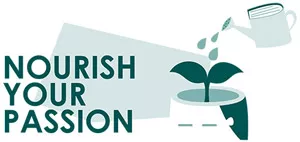
Who is someone you look up to in the industry?
Judith:
- Eugenia Bone - an American author
- René Leboeuf - Mycologiste
- Paul Stamets
Judith’s recommendations
- Organic Mushroom Farming and Mycoremediation by Tradd cutter

